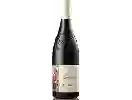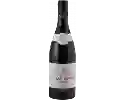Top 100 wines of Côtes-du-Rhône-Villages - Page 9
Discover the top 100 best wines of Côtes-du-Rhône-Villages of Rhône méridional as well as the best winemakers in the region. Explore the varietals of the wines that are popular of Côtes-du-Rhône-Villages and the best vintages to taste in this region.



































































































